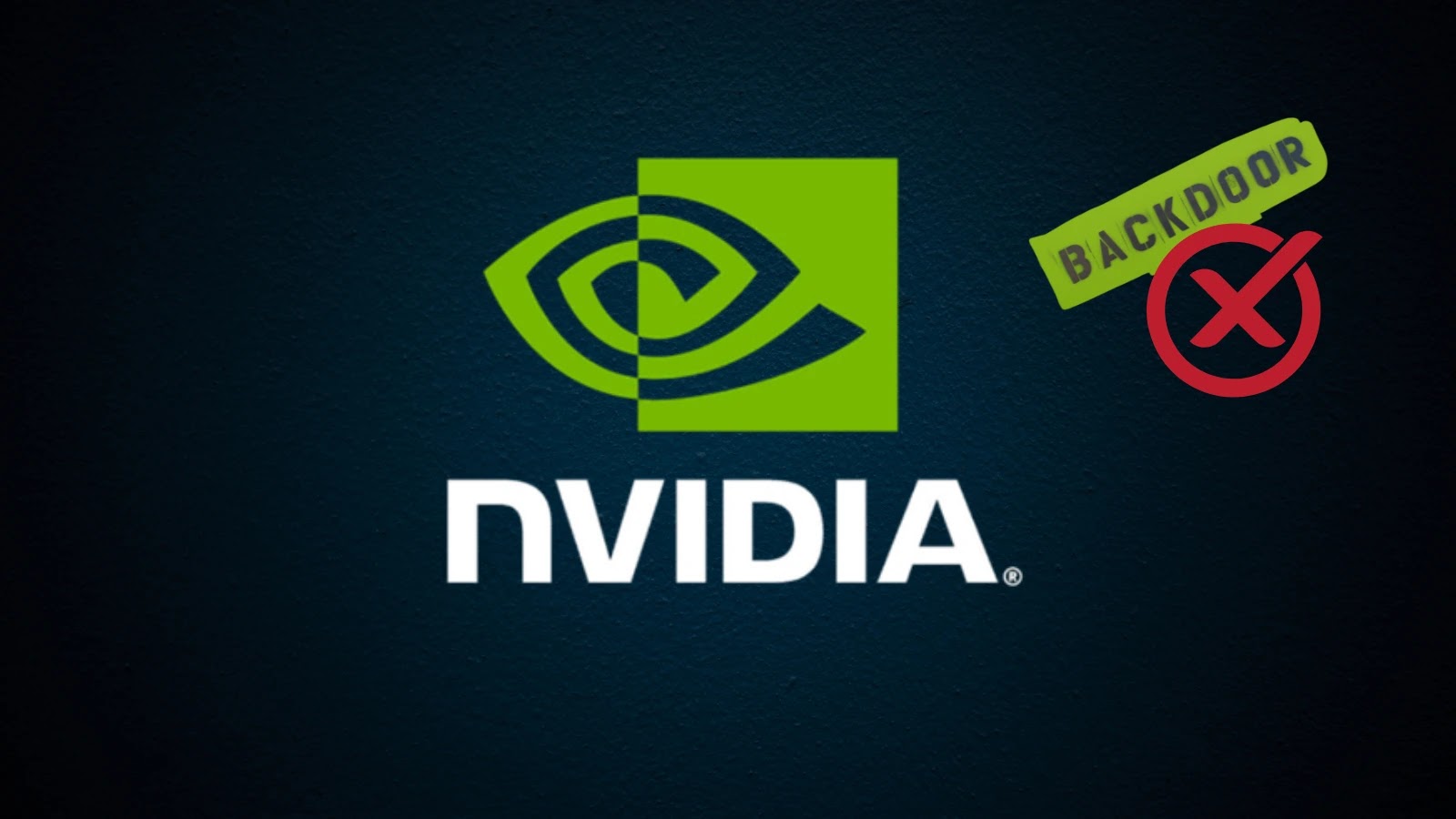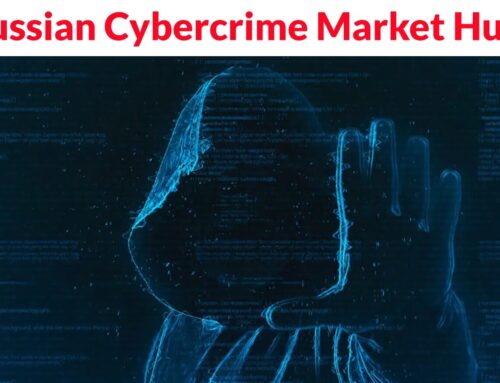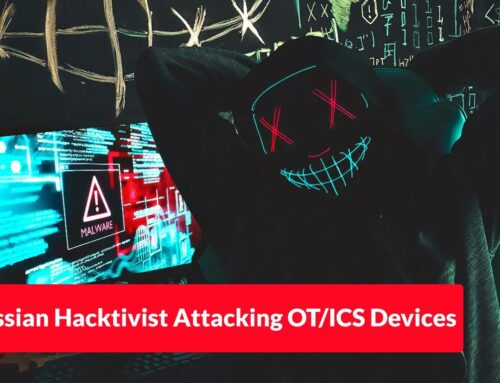
Nvidia Says No Backdoors, No Kill Switches, and No Spyware in its Chips
The integrity of hardware is foundational to cybersecurity. As systems become more interconnected and reliance on digital infrastructure escalates, concerns around potential hidden control mechanisms embedded within critical components like graphics processing units (GPUs) have moved to the forefront. These concerns are not merely theoretical; they influence national security, economic stability, and the trustworthiness of our entire digital ecosystem. This deep dive explores a significant statement from Nvidia Corporation that directly addresses these anxieties, asserting the absence of backdoors, kill switches, and spyware in their chips.
Addressing Hardware Trust: Nvidia’s Stance on Backdoors and Spyware
Nvidia, a global leader in GPU manufacturing, has stepped into the spotlight by unequivocally stating that its chips are free from backdoors, kill switches, and spyware. This declaration responds to a growing discourse among policymakers and industry experts who increasingly scrutinize the supply chain for potential vulnerabilities or deliberately placed mechanisms that could undermine system security. The very idea of a “backdoor” in hardware implies bypassing normal authentication or security controls, providing unauthorized access. A “kill switch” suggests a remote capability to disable the hardware, potentially disrupting critical infrastructure, while “spyware” would imply hidden functionalities designed to collect sensitive information without user consent.
The Rising Demand for Hardware Transparency and Control
The semiconductor industry faces unprecedented scrutiny. Events like the Spectre and Meltdown vulnerabilities (affecting CPU architectures) have highlighted the profound impact that hardware-level flaws can have on global computing infrastructure. While these were design flaws, the discussion has naturally evolved to include the possibility of intentional implants. Some government officials and security observers have even proposed mandating “remote disable capabilities” in critical computing infrastructure. Such proposals, while perhaps well-intentioned for scenarios like device recovery or national security emergencies, simultaneously ignite fears of potential misuse and unauthorized control by external entities, be they state actors or malicious entities exploiting such features. Nvidia’s proactive denial of such features can be seen as a direct counter-response to these evolving policy discussions.
What Constitutes a Hardware Backdoor?
A hardware backdoor is a clandestine mechanism, often embedded during the manufacturing process, that allows unauthorized access to a device or system. Unlike software vulnerabilities that can often be patched, hardware backdoors are notoriously difficult, if not impossible, to detect and remediate without physical replacement. They can manifest in various forms:
- Undocumented Features: Hidden commands or interfaces that grant elevated privileges.
- Malicious Logic Gates: Tiny, deliberately introduced circuit modifications that alter expected behavior or create covert channels (e.g., CVE-2016-5696 for an example of a related hardware vulnerability enabling unintended access).
- Firmware-Level Compromises: Tampered boot ROMs or other non-volatile memory that load malicious code before the operating system.
The presence of such mechanisms would fundamentally compromise the trust placed in the hardware, making any system built upon it inherently insecure.
The Implications of Kill Switches and Spyware in Core Components
A hardware kill switch, theoretically, would allow a manufacturer or an authorized third party (e.g., government agency) to remotely disable a chip or an entire system. While potentially useful for managing stolen devices or enforcing licensing, in critical infrastructure, this presents a significant single point of failure and a powerful tool that could be abused for political or economic ends. Imagine data centers or industrial control systems being remotely shut down without warning. Similarly, hardware-level spyware could constantly exfiltrate sensitive data or system states directly from the chip, bypassing operating system-level security measures and network firewalls. This level of pervasive surveillance would be devastating for privacy and national security.
Nvidia’s Statement: Rebuilding and Maintaining Trust in the Supply Chain
Nvidia’s public assertion is a strategic move to affirm trust in its products amid growing geopolitical and cybersecurity tensions. In an era where supply chain attacks are a significant threat, ensuring the integrity of core components is paramount. This statement aims to reassure customers, from individual consumers to large enterprises and government entities, that their GPUs act solely as processing units, devoid of hidden agendas or remote manipulation capabilities. Such declarations contribute to a broader industry push for greater transparency and verifiable security in hardware manufacturing, a necessary step in hardening the global digital infrastructure.
Key Takeaways for Security Professionals
Nvidia’s statement underscores the critical importance of hardware integrity in a comprehensive cybersecurity posture. For security analysts, IT professionals, and developers, this means:
- Supply Chain Vigilance: Continuously evaluate the security postures and declarations of all hardware vendors.
- Layered Security: Even with vendor assurances, maintain strong software-level security, network segmentation, and robust access controls.
- Due Diligence: Question and scrutinize components, especially those deemed critical to operations.
- Advocacy for Transparency: Support industry initiatives and governmental policies that promote verifiable hardware security and transparency in manufacturing.
Ultimately, a statement like Nvidia’s is a foundational piece in the complex puzzle of hardware trust, but it forms just one part of an ongoing dialogue and the collective effort required to secure our increasingly digital world.





